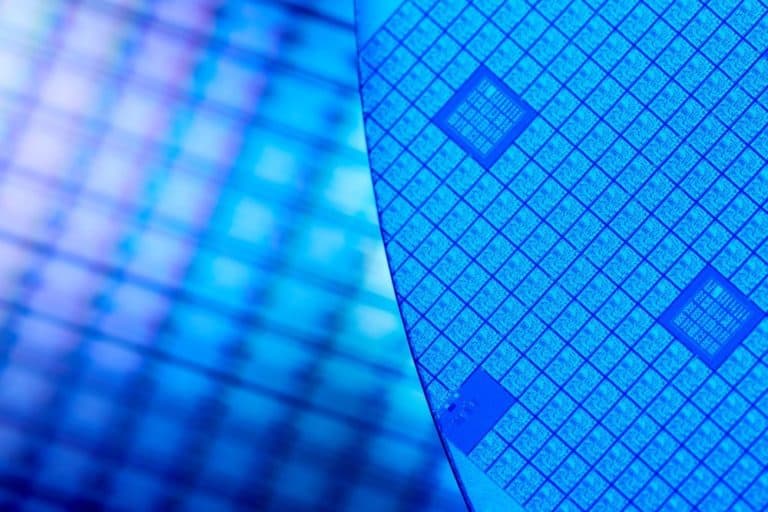At the Nasdaq Investors Conference, Intel has for the first time openly updated on the 7 nm EUV trajectory. The problems around 10 nm have no influence on a further reduction, because the 7 nm team works in parallel.
Murthy Renduchintala, CEO and Group President at Intel, reports that the problems around 10 nm are due to the postponement of EUV (Extreme Ultra Violet) to 7 nm. The reason that 10 nm is a problem is the 2.7x scale factor that Intel has set itself.
The smaller the plan, the more difficult that can be drawn with an ArF laser that is still used today to make chips. In order to emulate the sharpness of EUV, an ArF laser has to superimpose several patterns, with the corresponding margins of error. The difference is evident in the drawing below of Samsung, which already produces 7 nm chips at risk on EUV today.

Moorish Law
Renduchintala had more news to report at the Nasdaq Investors Conference according to SeekingAlpha. The ambitions for 10 nm remained unchanged. The goal we had set for 2014 is still the same.
The problems around 10 nm do not affect the next step: 7 nm EUV. This technique is developed by a completely different team and works in parallel with the 10 nm team. With 7 nm we want to achieve a 2x scale factor again. With EUV we want to boost the production of processors, says Renduchintala.
Intel even talks again about Moores Law when the step to 7 nm EUV is completed. Then we can talk again about a cadence in which development goes forward by leaps and bounds. Intel will potentially introduce 7 nm EUV quickly after 10 nm. The first 10 nm chips are expected by the end of 2019. The professional Xeon chips will only get 10 nm in 2020. Intel does not mention the availability of 7 nm EUV.
Samsung and TSMC are currently working on risk production of 7 nm chips. Samsung offers 7 nm chips only on EUV and has to leave the lead to TSMC for the time being. They already offer 7 nm chips from Nvidia, Apple, Huawei, AMD and others, but still use an ArF laser. EUV will not follow until next year.
Related: How EUV lithography causes a musical chairs dance in a processor country
This news article was automatically translated from Dutch to give Techzine.eu a head start. All news articles after September 1, 2019 are written in native English and NOT translated. All our background stories are written in native English as well. For more information read our launch article.